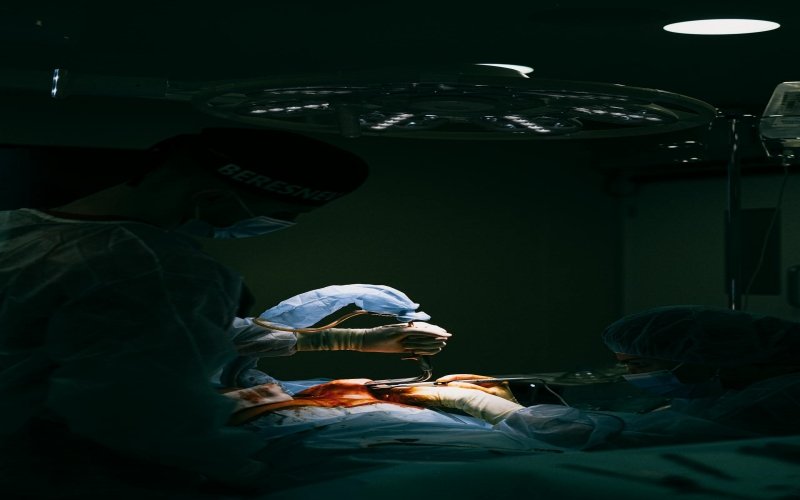Gynecologic laparoscopic adhesiolysis is a minimally invasive surgery that involves the removal of adhesions and scar tissue within the pelvic cavity. While this may greatly improve patient outcomes, there is also a degree of risk for postoperative complications arising from this procedure. Thus, surgeons must utilize every available method to reduce such risks and enhance patient recovery.
Preoperative Planning and Patient Preparation
Among the most important preoperative measures to decrease the complications of gynecologic laparoscopic adhesiolysis is adequate preoperative planning. This encompasses the meticulous history regarding previous surgeries or conditions that can increase the likelihood of adhesions, along with a careful review of the patient’s past medical history. Imaging studies can further help in the accurate assessment of the extent and location of adhesions, such as ultrasound or MRI.
Use of Advanced Surgical Techniques
Utilization of sophisticated surgical skills during adhesiolysis in gynecological laparoscopy can help minimize the risk of further complications. It is generally advisable that surgeons adopt an extremely delicate approach to avoid trauma to tissues as well as prevent new adhesions from taking place. The application of laparoscopic tools intended for adhesiolysis can significantly enhance precision and reduce the risk of accidental injury to the organs surrounding the area.
Role of Icodextrin Solution in Prevention of Adhesion
Using an icodextrin solution could be one of the effective ways to minimize postoperative complications during gynecologic laparoscopic adhesiolysis. Icodextrin is a solution prepared from starch and is used in minimizing adhesions after surgery. Icodextrin acts as a barrier when applied at the site of surgery, preventing the tissues from sticking at the crucial time of healing. This solution especially benefits laparoscopic procedures where the tendency of adhesions is greater.
Early Postoperative Care and Early Intervention
Monitoring in the postoperative period is very important for early detection and intervention of complications. For days following the surgery, the surgeon should closely monitor the patient for any infection, bleeding, or other complications that may arise. Regular follow-up visits after discharge ensure that the healing process is monitored and any concerns or symptoms the patient may experience are dealt with. This would prevent complications, such as persistent pain, fever, or unusual discharge, from blowing out of proportion through early intervention. This will be realized through clear communication with the patient, where the surgeon invites the patient to report any unusual symptoms.
Patient Education about Postoperative Care
The most important factor that reduces postoperative complications after gynecological laparoscopic adhesiolysis is education. Surgeons should provide patients with specific information regarding postoperative care with regard to wound care and limitation of activities, signs, and symptoms of possible complications, among others. In that respect, rest and the ability to resume normal activities gradually can be focused on to avoid surgical site strain and recurrence of adhesions.
Conclusion
A multidimensional approach, starting with thorough preoperative preparation and extending through postoperative care, should form the basis for efforts to minimize complications following gynecologic laparoscopic adhesiolysis. The adoption of sophisticated surgical techniques can better realize this, the use of solutions such as icodextrin, and close follow-up of the patient after surgery. All these collectively contribute to reducing complications. This can also be ensured through proper enlightenment of patients on the need for adequate postoperative care and early intervention.



